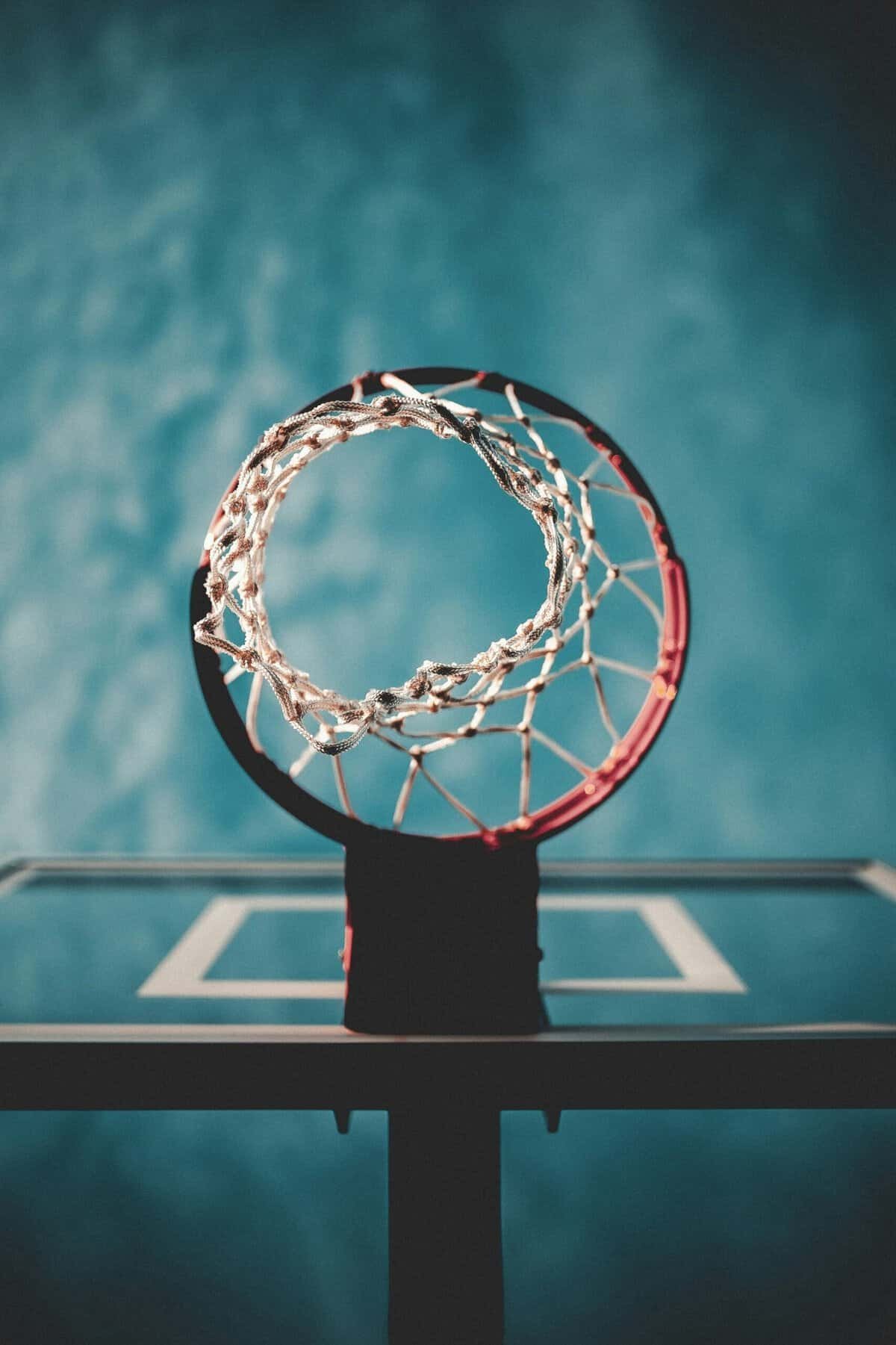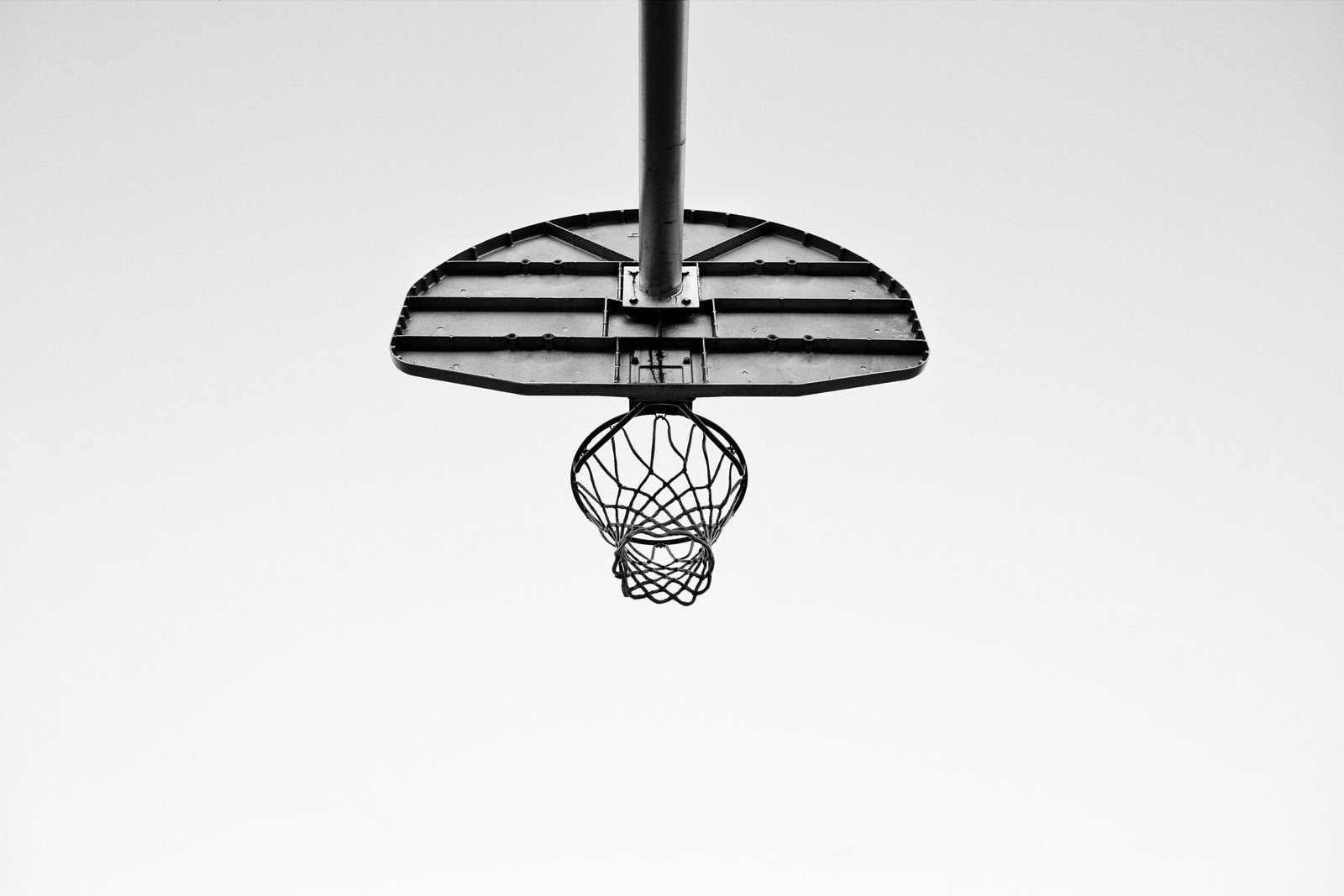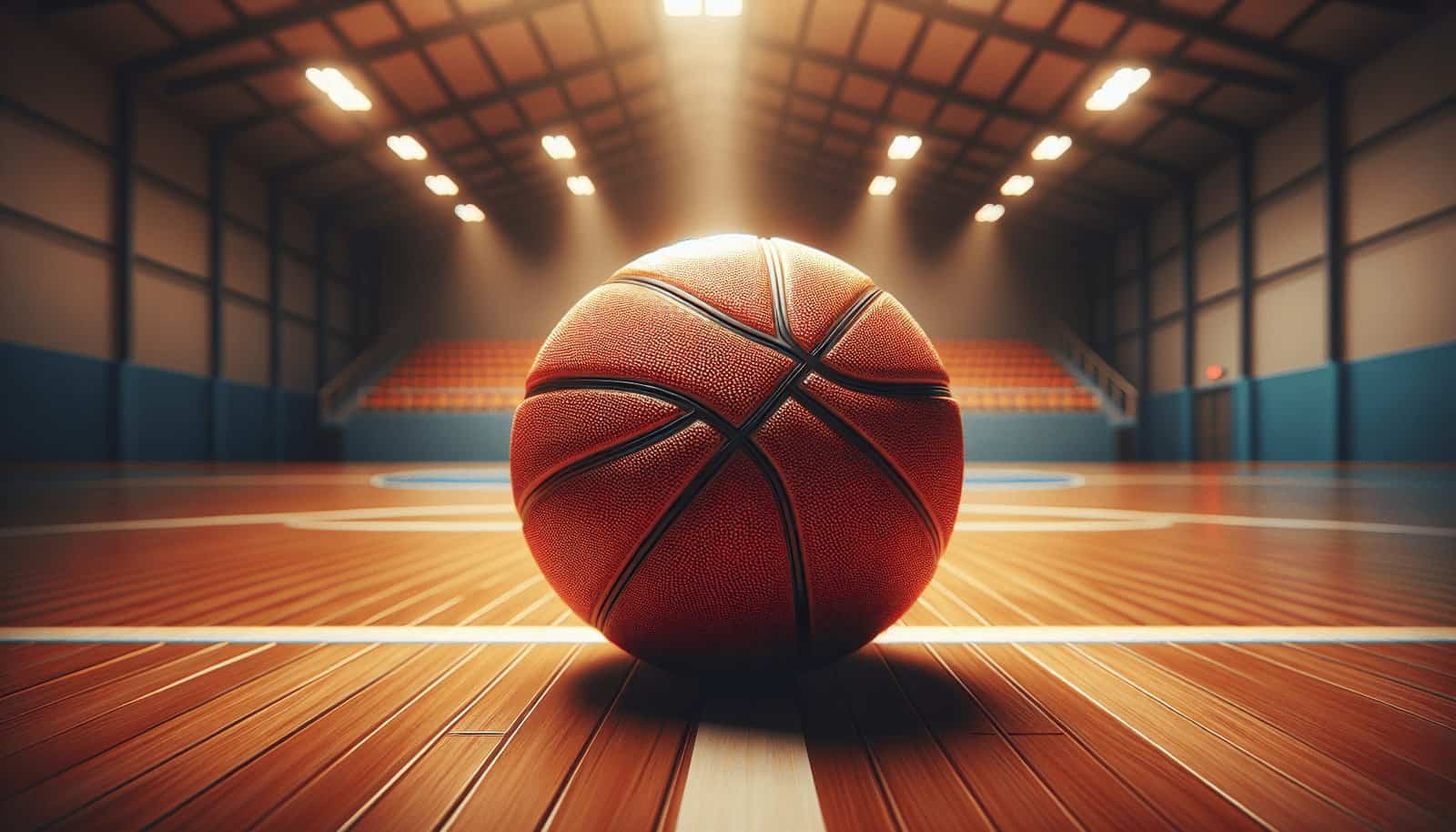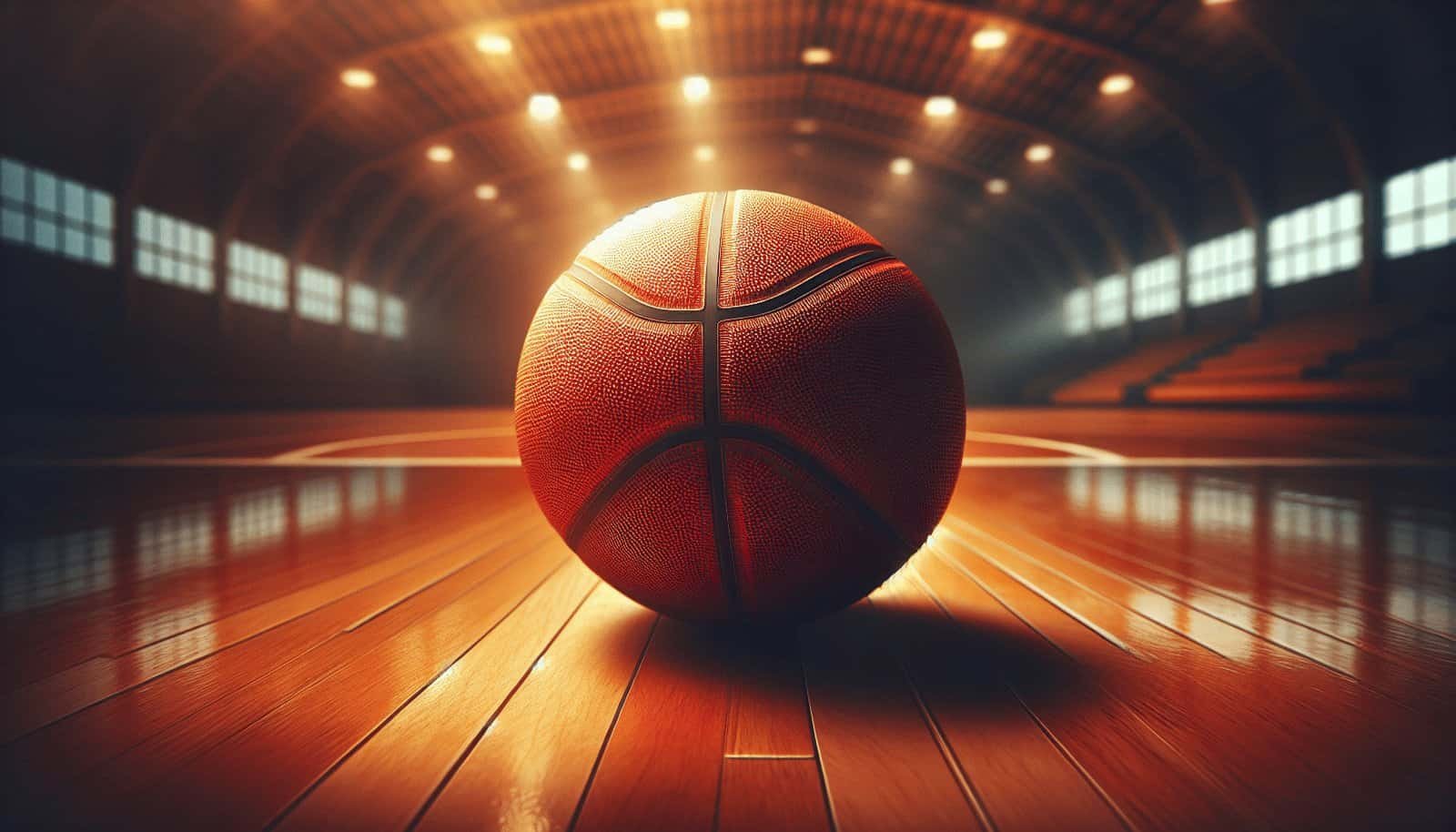Have you ever wondered how to keep your basketball in top condition for as long as possible? Basketballs, much like other sports equipment, require regular care and maintenance to ensure they remain in playable condition and offer the best performance. Without proper care, they can wear out quickly, leaving you to frequently replace them. This comprehensive guide will walk you through the steps to maintain your basketball, extending its lifespan and saving you from future headaches.

Understanding the Basics of Basketball Maintenance
Before diving into maintenance tips, it’s crucial to understand the underlying reasons why your basketball requires care. The materials used in basketball construction, whether leather, composite, or rubber, directly affect how you should handle and maintain them. Understanding these materials is the first step towards effective maintenance.
Types of Basketball Materials
Every type of basketball material has its unique characteristics requiring different handling strategies:
- Leather: Used in professional settings, leather basketballs provide excellent grip and feel but require careful maintenance. They perform best indoors and are prone to wear with outdoor use.
- Composite Leather: This synthetic option is slightly more durable than real leather and can be used both indoors and outdoors. However, it can still benefit from proper care to prolong its lifespan.
- Rubber: Typically found in outdoor settings, rubber basketballs are robust and easy to care for. They are often the go-to option for beginners or casual play.
Why Maintenance Matters
Proper maintenance not only extends the life of your basketball but also enhances its performance. A well-maintained ball offers better grip, control, and bounce, making it a joy to play with. Additionally, taking care of your basketball ensures that your investment pays off in the long run.
Impact of Neglect
Neglecting maintenance can lead to a myriad of issues such as:
- Reduced Grip: Dirty or worn surfaces can make it difficult to control the ball.
- Uneven Bounce: Changes in air pressure or surface damage can affect the ball’s responsiveness.
- Material Degradation: Without proper care, the materials can break down faster, leading to the ball’s untimely demise.

Step-by-Step Guide to Basketball Care
Now that we’ve covered the basics, let’s dive into a step-by-step guide on how you can maintain your basketball effectively. By following these practices, you can ensure your basketball is always ready for the game.
Regular Cleaning
Cleanliness is the cornerstone of basketball maintenance. Regular cleaning helps prevent dirt and grime from affecting the ball’s performance.
How to Clean Your Basketball
- Wipe with a Damp Cloth: Use a cloth dampened with water to wipe the surface of the ball. This helps in removing loose dirt and debris.
- Use a Mild Soap Solution: Create a solution of mild soap and water. Dip your cloth into this mixture and gently scrub the ball.
- Rinse and Dry Thoroughly: Rinse the soap off with a damp cloth. Then, use a dry towel to remove any excess moisture.
Remember to avoid using harsh chemicals or soaking the ball, as this can damage the material and affect performance.
Proper Storage
Storing your basketball correctly can prevent unnecessary wear and tear and maintain its condition for longer periods.
Tips for Storing Your Basketball
- Indoor Storage: Always store your basketball indoors in a cool, dry place. Excessive heat or cold can cause the material to warp or deteriorate.
- Avoid Direct Sunlight: Prolonged exposure to sunlight can fade the color and damage the material.
- Maintain Proper Inflation: Check the pressure regularly and adjust it using a pump with a needle valve. Avoid overinflation, as this can overstretch the material.
Managing Inflation
Proper inflation is key to maintaining a basketball’s performance. An under-inflated ball might not bounce well, while an over-inflated ball can become difficult to control.
Steps to Inflate Your Basketball
- Check Current Pressure: Use a pressure gauge to determine the current air pressure in your ball.
- Inflate Using a Pump: Insert a needle valve into the ball’s valve, then pump air into the ball to the manufacturer’s recommended pressure, usually around 7.5–8.5 psi.
- Re-Check Pressure: Once inflated, use the gauge again to ensure the correct pressure.
Monitoring Wear and Tear
Regularly inspecting your basketball for signs of wear and tear can help you address minor issues before they become major problems.
What to Look For
- Scuffs and Scratches: Small surface damages can be polished out to enhance performance.
- Air Leakage: If you find the ball losing air quicker than usual, check for punctures or worn-out valves.
- Material Cracks or Peeling: These are signs of significant wear and may indicate that it’s time for a replacement.

Special Care for Different Playing Surfaces
Basketball care may vary depending on whether you play indoors or outdoors. Each surface type demands specific attention to ensure your basketball remains in top condition.
Indoor Courts
Playing on indoor courts generally offers a more forgiving environment for your basketball. However, that’s not to say indoor balls don’t require care.
- Dust Management: Dust can accumulate on a hardwood floor, affecting the ball’s grip. Regularly clean the ball to maintain optimal performance.
- Storage Conditions: Maintain a constant room temperature and ensure the basketball is stored away from vents or radiators.
Outdoor Courts
Outdoor courts are harsher on basketballs due to rough surfaces and exposure to the elements. Here are some tips for outdoor settings:
- Surface Awareness: Concrete and asphalt can wear down the ball’s surface quickly. Consider having a dedicated ball for outdoor use.
- Weather Protection: After playing, clean the ball and store it indoors to protect it from weather-related damage.

Advanced Tips for Basketball Longevity
Beyond the basics, there are additional tips you can implement to ensure your basketball lasts longer than expected.
Investing in Quality
Purchase a high-quality ball that suits your playing conditions and style. Quality materials and construction often translate to better durability and performance characteristics.
Considerations for Choosing a Basketball
- Intended Use: Choose a basketball designed for your primary playing surface.
- Reputable Brands: Opt for brands known for durability and performance.
Customizing Your Maintenance Routine
Each ball and player can have unique needs, so customize your maintenance routine based on your specific circumstances.
Tailored Care Strategies
- Frequency of Play: Adjust cleaning and inflation checks based on how often you play.
- Environmental Factors: Consider the climate and adjust storage techniques accordingly.

Summary and Final Thoughts
Maintaining your basketball is not just about the longevity of the equipment but also about enhancing your playing experience. By investing time in regular cleaning, correct storage, and careful handling, you preserve the quality of your basketball and ensure it performs at its highest level. Ultimately, a well-maintained basketball contributes to a more enjoyable game, whether you’re playing for fun or competition.
The key takeaway from all this is that a bit of care can go a long way in extending the life and performance of your basketball. So next time you finish a game, give your ball some attention—it’ll repay you with peak performance on the court!
